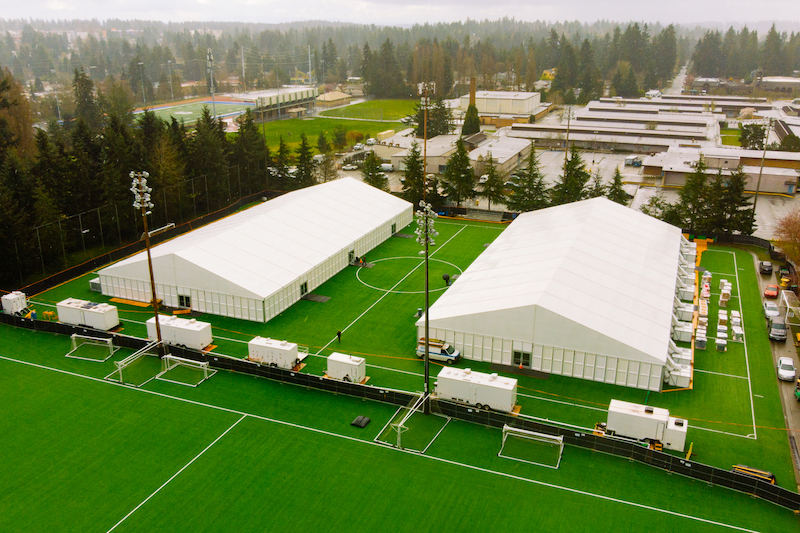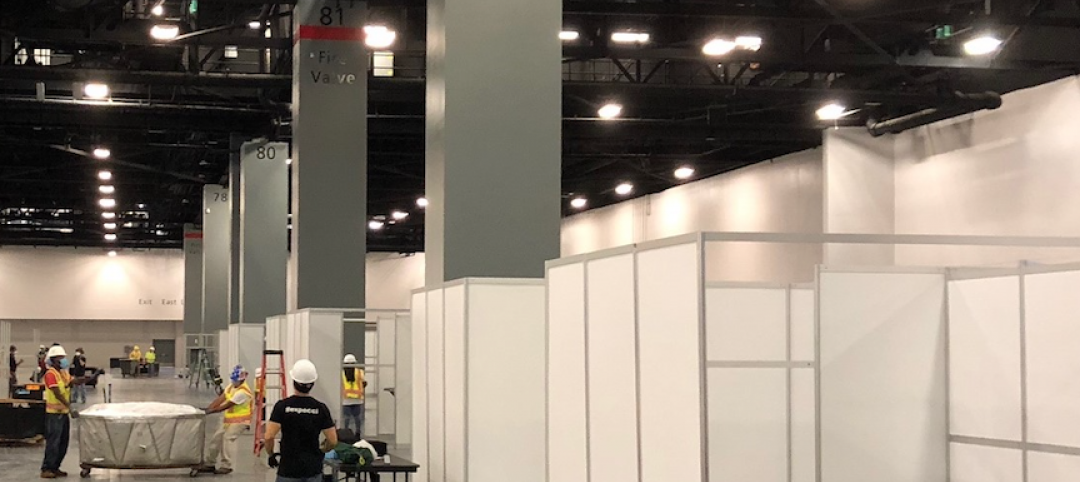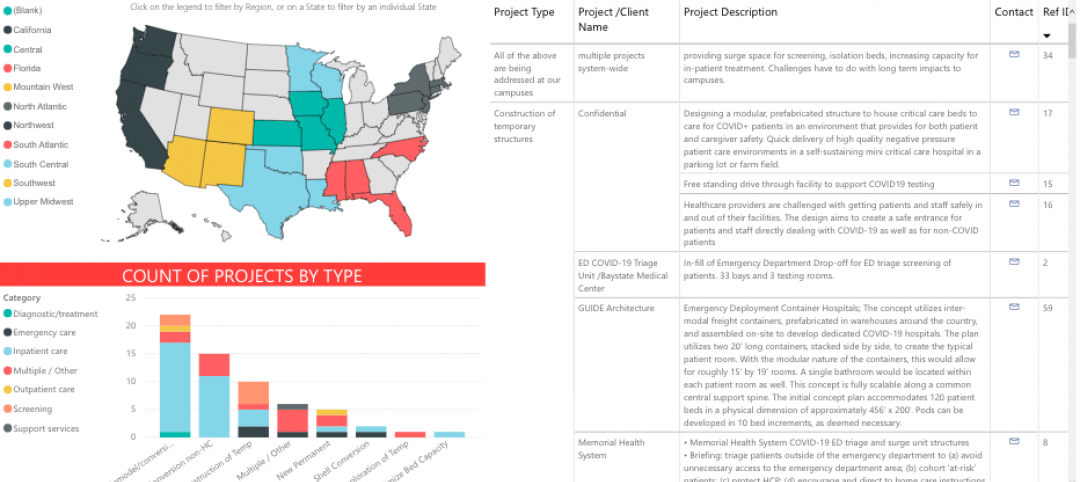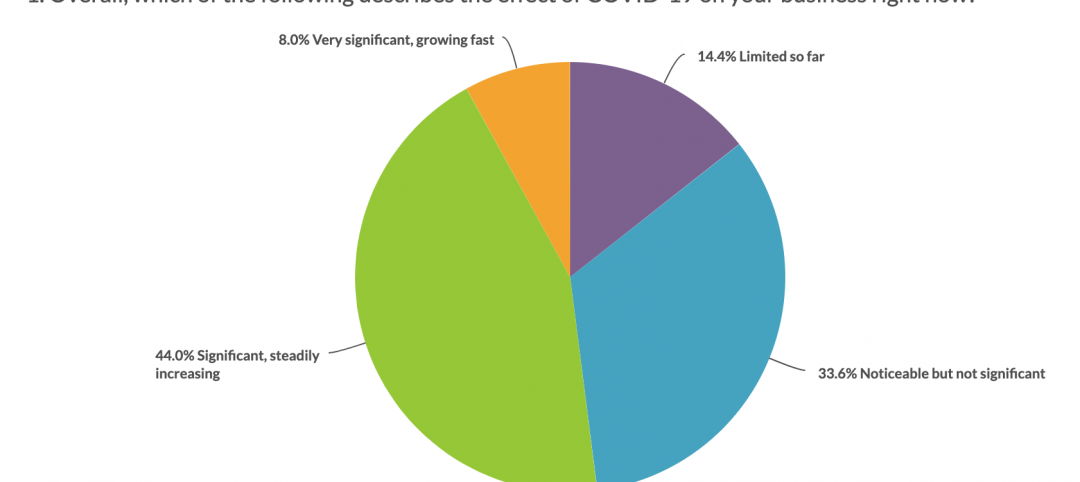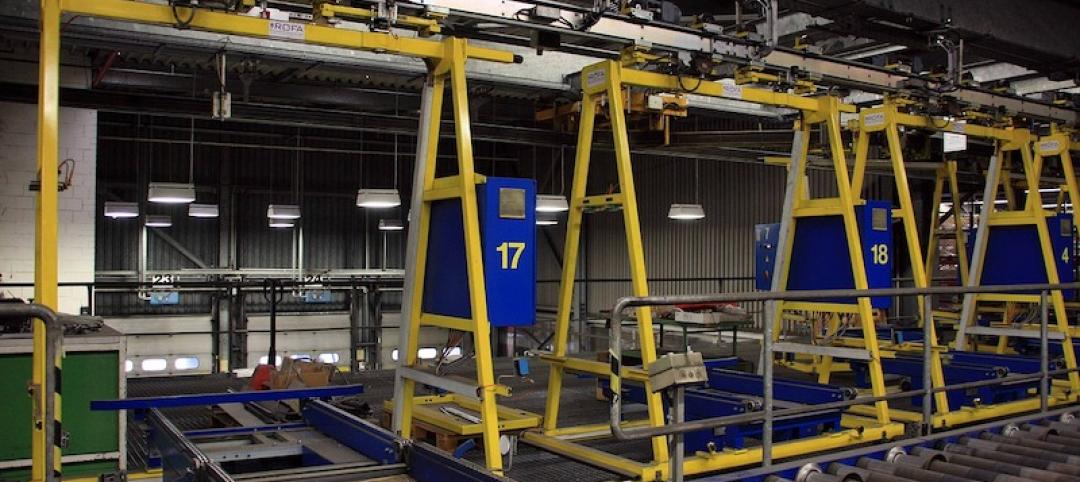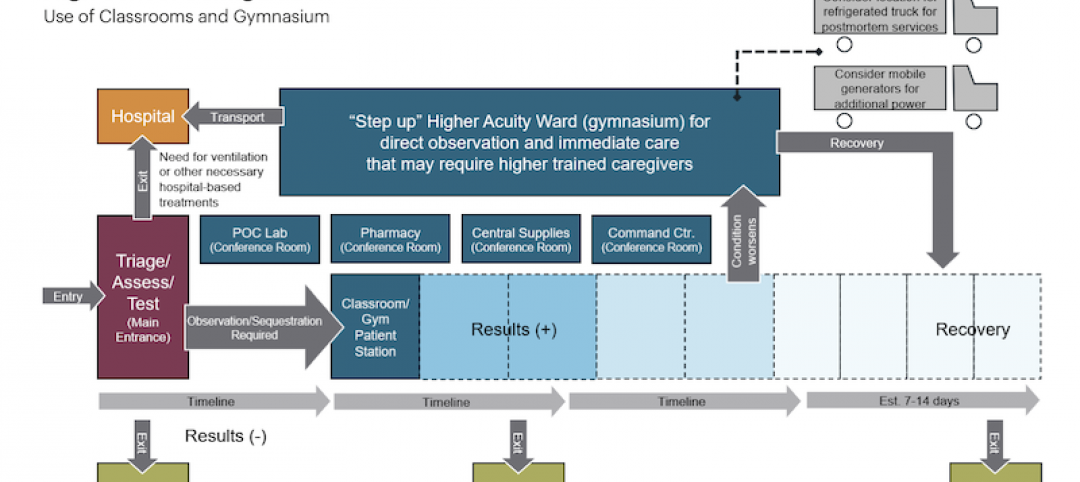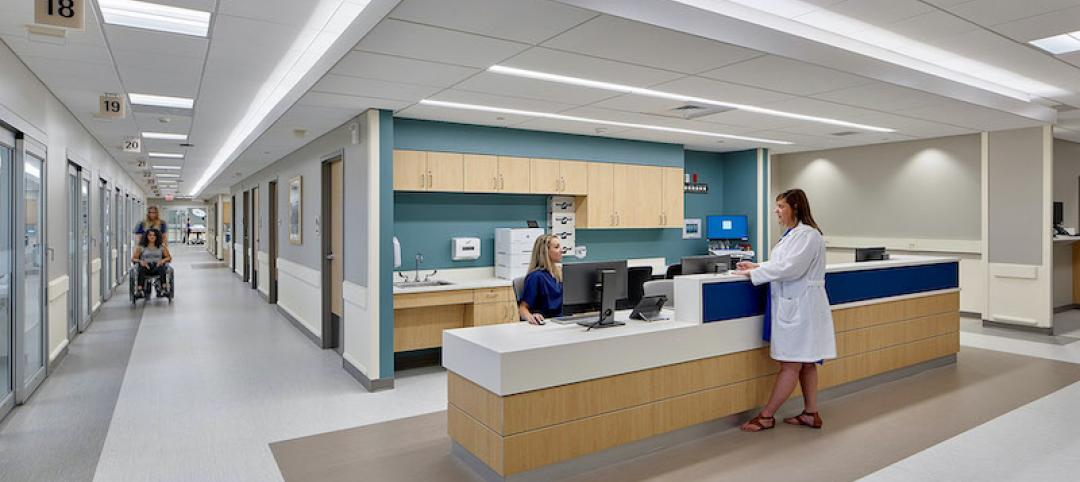About 18 months ago, officials from King County, Wash., which includes Seattle, approached DLR Group about developing housing solutions for the county’s homeless, who by one recent count totaled nearly 11,200, with just under half of those homeless unsheltered by conventional human habitude.
DLR Group, a national architecture and engineering firm, had been working on this project for a year when, on January 20, the first case of the coronavirus in the U.S. was reported in the state of Washington. As of April 4, Washington State’s Department of Health estimated that of the state’s 7,591 cases of illness and 310 fatalities attributed to COVID-19 infection, 2,898 cases and 200 deaths were in King County.
As part of its efforts to stem the virus’ spread, King County and DLR Group entered into an emergency contract. Working with the county and the builder Howard S. Wright (a division of Balfour Beatty), DLR Group developed a rapid-response solution to transform multiple sites into facilities equipped to quarantine patients who are incapable of self-quarantine, including the homeless.
The goal is to add 2,500 beds across 12 sites that range from converted motels and warehouses, to temporary structures built on parking lots and sports fields. As of this week, 800 beds will be online in four to six facilities, says Lori Coppenrath, DLR Group’s Justice and Civic Planner, who is spearheading this effort for her firm. She spoke with BD+C last Thursday.
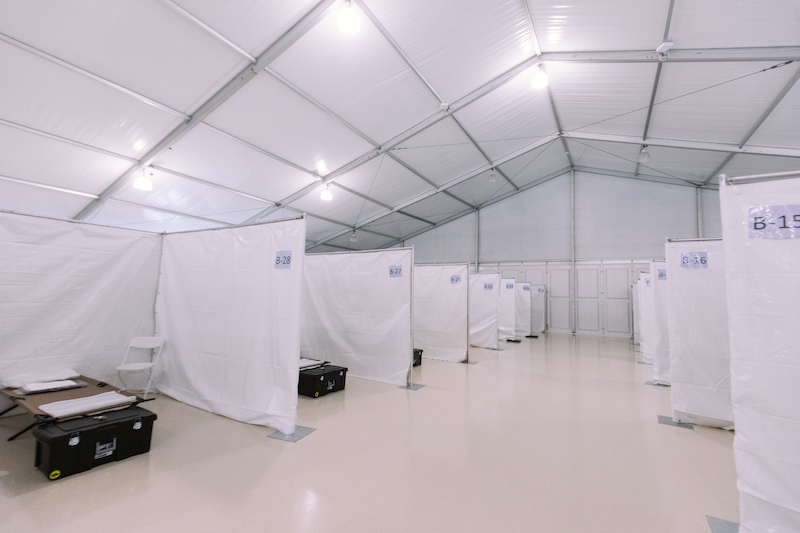
Some of the temporary structures are huge tents, inside of which are barracks-like beds.
One of the county’s goals is to move people out of hospitals who aren’t critical but still need a safe, monitored environment to recover fully. Each of these Assessment and Recovery Centers is typically conceived, studied, built, and permitted within two weeks, to get patients into them quickly.
Testing for the virus is actually done offsite, says Coppenrath, to avoid infecting anyone in a Center who is not currently sick or has tested negative to COVID-19. In developing the concept for the Centers, the building team and county devised flow diagrams for how patients and staff would move through the Centers. Those diagrams incorporate transportation needs with defined drop-off/pick-up areas, parking, and emergency and fire accessibility.
Coppenrath says this project has been an exercise in overcoming barriers. “These Centers are like field hospitals, so you have to figure out how to offer basic services to people who might be there a month or longer.” The design includes storage that minimizes the potential for contamination from other patients’ property. The Centers also need to provide areas where people can wash their hands frequently and shower. The facilities must be ADA-accessible.
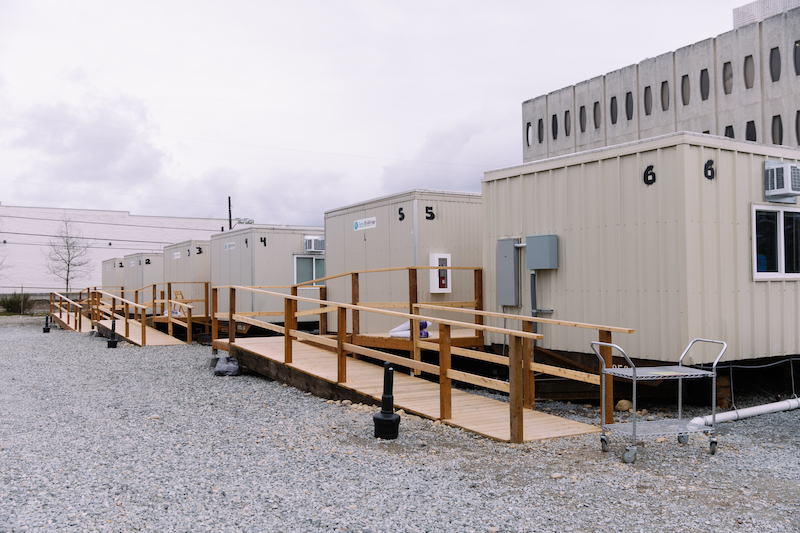
Some of the Assessment & Recovery Centers are ADA-compliant trailers, with individual living quarters that include kitchens, baths, and closet space.
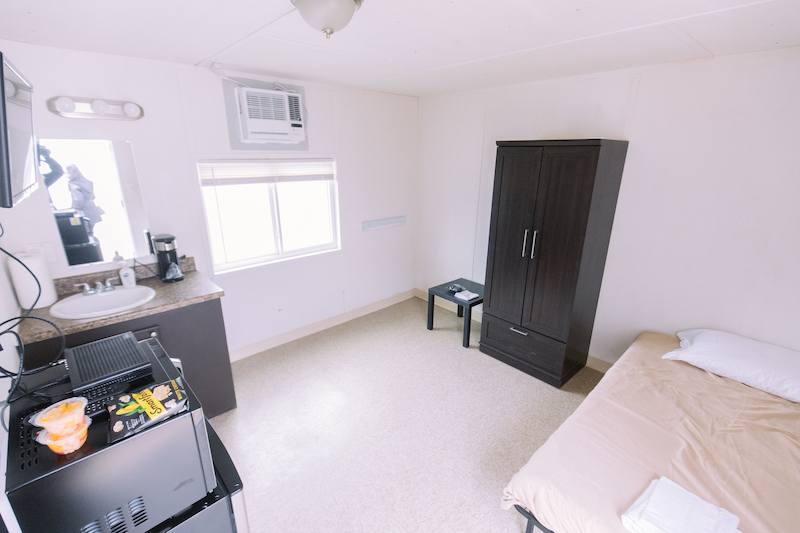
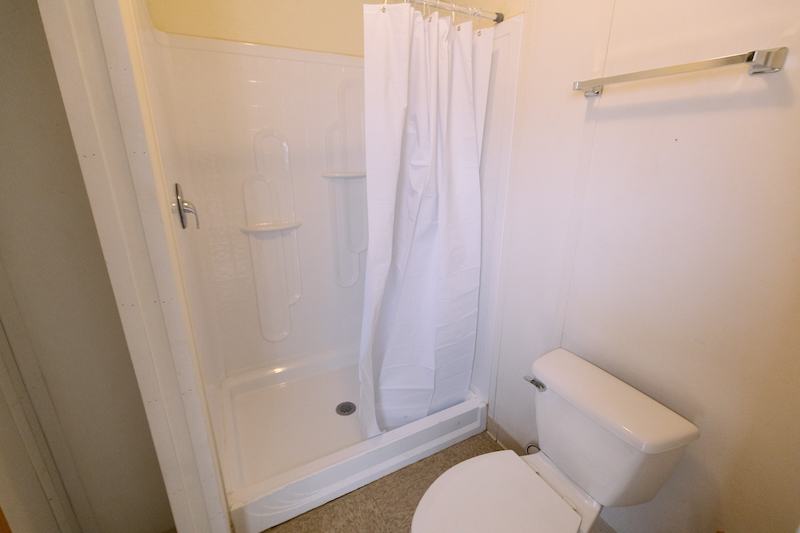
Food services and waste management are essential. The Centers also have to give patients something to do while they’re quarantined. “We thought it would be a good idea to give each patient an iPad, so they could watch movies and TV, but then you have to figure out how to recharge them and provide WiFi.”
Finding materials and components on short notice can also be challenging: Coppenrath notes that bathroom/shower trailers are “just not available anymore.”
On a positive note, Coppenrath says that DLR Group has been able to call upon “different levels of leadership” to lift roadblocks and keep things moving forward.
Related Stories
Coronavirus | Apr 10, 2020
COVID-19: Converting existing hospitals, hotels, convention centers, and other alternate care sites for coronavirus patients
COVID-19: Converting existing unused or underused hospitals, hotels, convention centers, and other alternate care sites for coronavirus patients
Coronavirus | Apr 9, 2020
COVID-19 Design Innovation Grant: IDA offers $14,000 to spur design innovation for combating the coronavirus pandemic
The International Design Awards is looking for innovations in low-cost ventilators, in-home isolation pods, and reusable masks.
Coronavirus | Apr 9, 2020
COVID-19 alert: Robins & Morton to convert Miami Beach Convention Center into a 450-bed field hospital
COVID-19 alert: Robins & Morton to convert Miami Beach Convention Center into a 450-bed field hospital
Coronavirus | Apr 8, 2020
AIA task force launches tool for assessing COVID-19 alternative care sites
The tool is intended to assist non-healthcare design professionals with identifying alternative sites suitable for patient care.
Coronavirus | Apr 8, 2020
COVID-19 alert: Most U.S. roofing contractors hit by coronavirus, says NRCA
NRCA survey shows 52% of roofing contractor said COVID-19 pandemic was having a significant or very significant impact on their businesses.
Coronavirus | Apr 8, 2020
Navigate supply chain and manufacturing challenges during disruption
First, most important and most complex: Create an extensive safety plan for your facilities and job sites that protects both the personnel onsite and the end users of your product.
Coronavirus | Apr 7, 2020
How to turn a high school into a patient care center in 15 days
HKS’s concept paper presents three scenarios.
Coronavirus | Apr 7, 2020
New Trump administration guidance now allows firms with 500 of fewer employees to qualify for paycheck protection program loans
Associated General Contractors of America secures fix to loan qualifications after alerting administration officials to small business administration language that excluded many firms.
Coronavirus | Apr 6, 2020
New small business administration loan guidance appears to exclude many construction firms that employ fewer than 500 people
Construction officials urge agency to make clear that firms that employ 500 or fewer people to qualify for paycheck protection program loans, regardless of revenue.
Coronavirus | Apr 6, 2020
Pandemic preparedness: How hospitals can adapt buildings to address worst-case scenarios
A Canadian healthcare architect looks at how hospital staff can act now to modify facilities and contain a pandemic.


